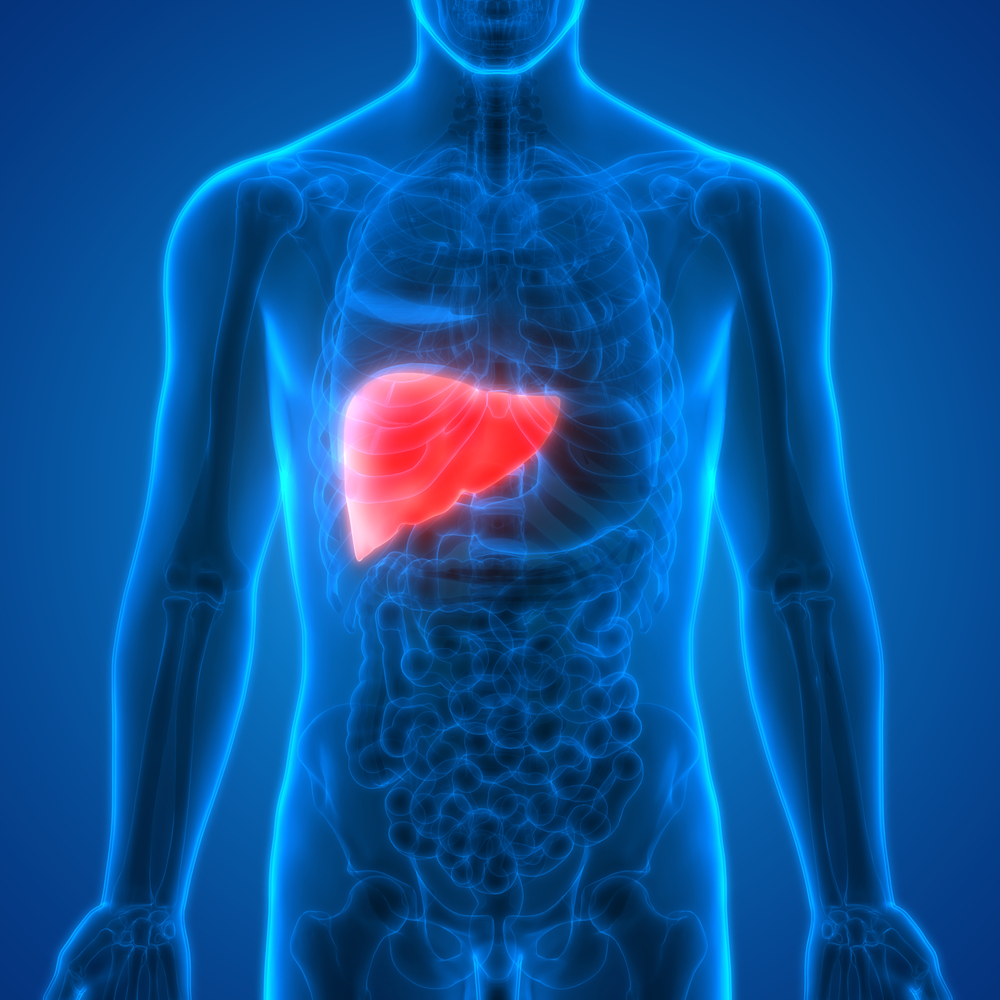FAQs About Liver Transplant for Porphyria
Written by |

Porphyria is a family of metabolic disorders largely caused by mutations in the genes that regulate the body’s production of a molecule called heme. Your cells are unable to change compounds called porphyrins or porphyrin precursors into heme.
Depending on the type of porphyria you have, your liver or bone marrow may be overproducing these porphyrins. Their accumulation can lead to severe liver damage and possibly liver cancer. A liver transplant may be a possible treatment for you.
Here are the answers to some frequently asked questions about a liver transplant for people with porphyria.
When would I need a liver transplant?
You may be a candidate for a liver transplant if you have one of the acute porphyrias, and experience severe, recurrent attacks that do not respond to other treatments. The new liver should limit the amount of porphyrin your body continues to produce. A liver transplant, however, would not be able to reverse damage already done to the nervous system in previous attacks.
Your doctors may also recommend a liver transplant if you are in liver failure or have end-stage chronic liver disease due to erythropoietic protoporphyria.
Can a liver transplant cure porphyria?
A liver transplant cannot fully cure porphyria as it cannot reverse damage already done to tissues, but it can prevent recurrent attacks in patients with acute porphyrias, like acute intermittent porphyria, since the liver is the organ that primarily produces porphyrins in these disease types. Having a new liver without genetic mutations should keep the organ from overproducing porphyrins.
If you have erythropoietic protoporphyria, the liver transplant will not help with the porphyria itself, since it is caused by cells of the bone marrow. But can help improve and prolong your life if it has caused severe liver damage.
How is the operation performed?
Doctors will first determine, through a series of tests and exams, if you qualify to be a transplant candidate. If you are, you will be placed on a liver transplant waiting list until a suitably matched donor organ becomes available.
During the transplant surgery, you will be under general anesthesia while surgeons remove your liver and replace it with a full or partial healthy donated one. Surgeons will attach the new organ to major blood vessels and the bile ducts in an operation that typically runs three to seven hours.
What are the risks?
A liver transplant comes with the usual risks associated with surgery. Additional risks that are specific to a liver transplant include blood clot formation, bleeding, infections, blockage of the bile duct, liver failure, and possible rejection of the liver by the body.
If you have acute porphyria, anesthesia may come with its own risks of triggering an acute attack. Make sure the surgery team is familiar with those anesthetics that can cause a porphyria attack.
How long will it take to recover?
You will most likely be in the hospital for seven to 10 days after your surgery. Once you go home, you will probably need three to six months to fully recover.
How long will the new liver last?
Liver transplants are usually regarded as lifelong unless there are complications. You may need to have a repeat liver transplant at some point if you have porphyria cutanea tarda or erythropoietic protoporphyria, as these diseases can damage the new liver.
What are the outcomes?
Liver transplant outcomes will depend largely on the type of porphyria you have and your overall health prior to transplantation. A 2020 study investigating liver transplants in 38 patients with acute intermittent porphyria found that their five-year overall survival rate to be 82%, similar to transplants given people with other metabolic disorders. One acute attack was reported in one patient post-transplant, but that patient had an auxiliary liver transplant graft, meaning doctors had removed only part of the original liver and transplanted new liver tissue.
While renal function was not affected by the transplant (meaning it neither improved nor worsened), patients’ neurological symptoms eased, the study’s researchers reported.
A 2005 published study in people with erythropoietic protoporphyria found that liver disease reoccured in 11 of 17 patients alive more than two months after transplant surgery. The overall patient and transplant survival rates were 69% at five years, and 47% at 10 years. Three patients needed a second organ transplant.
How long does it take to find a suitable liver?
A number of factors can affect how long you remain on a waiting list for a suitable donor organ. Usually, there is a higher demand for livers than there are available organs.
To aid in giving donor livers to patients with the greatest need and highest chance of benefit, a waiting list is in place. Patients are ordered on the list based on their model for end-stage disease (MELD) score. Those more seriously ill tend to have higher MELD scores, and usually shorter wait times for a liver transplant. Your blood type, weight or body size, overall health, and geographic location (distance between the donor and transplant hospital) can also affect how long it takes to find an organ match.
It is hard to predict the average waiting time for a donor liver in the U.S., as availability can differ across its regions and priority is given to urgent candidates within 500 nautical mile radius of the donor’s hospital. In the U.K., the estimated average waiting time is 135 days, or between four and five months. A partial/split donated liver transplant or a living donor transplant may reduce wait times.
What is a partial/split liver transplant?
Previously, liver transplants meant replacing a diseased organ with the entire liver of a deceased donor. Today, there are procedures in place to divide a deceased donor’s liver into right and left lobes, so it can serve two people.
The larger right lobe is generally given to an adult patient, while the smaller left lobe is given to a child (as pediatric organ donors are less common). The liver is capable of regeneration or regrowth, restoring a full-sized liver in both patients over the months after the surgery. Whole liver transplants may still be necessary for patients in poorer health, however.
There is some debate regarding criteria as to when a liver can be split, and when a patient requires a whole liver versus a partial liver transplant.
What is a living donor liver transplant?
In a living donor transplant, a person who is a match for the patient agrees to donate a portion of their liver to the patient. These donors are often healthy relatives or close friends who are good matches by blood type. The liver will regenerate, returning to a reasonably full-size organ in both the donor and the patient in about eight weeks.
Do I need to make lifestyle changes after the liver transplant?
After a liver transplant, you will need to be on medications for the rest of your life to suppress your immune system. These medications help to keep your body from attacking the new liver and rejecting it. They also weaken your immune system, however, making you more prone to infections and illnesses. You will need to be careful for the rest of your life when you around people who appear to be sick.
You should also try to adopt a healthy lifestyle with exercise, proper nutrition, and sufficient sleep. Try to avoid alcohol or the use of other drugs that can potentially damage your new liver.
Last updated: Jan. 20, 2021
***
Porphyria News is strictly a news and information website about the disease. It does not provide medical advice, diagnosis, or treatment. This content is not intended to be a substitute for professional medical advice, diagnosis, or treatment. Always seek the advice of your physician or other qualified health provider with any questions you may have regarding a medical condition. Never disregard professional medical advice or delay in seeking it because of something you have read on this website.





